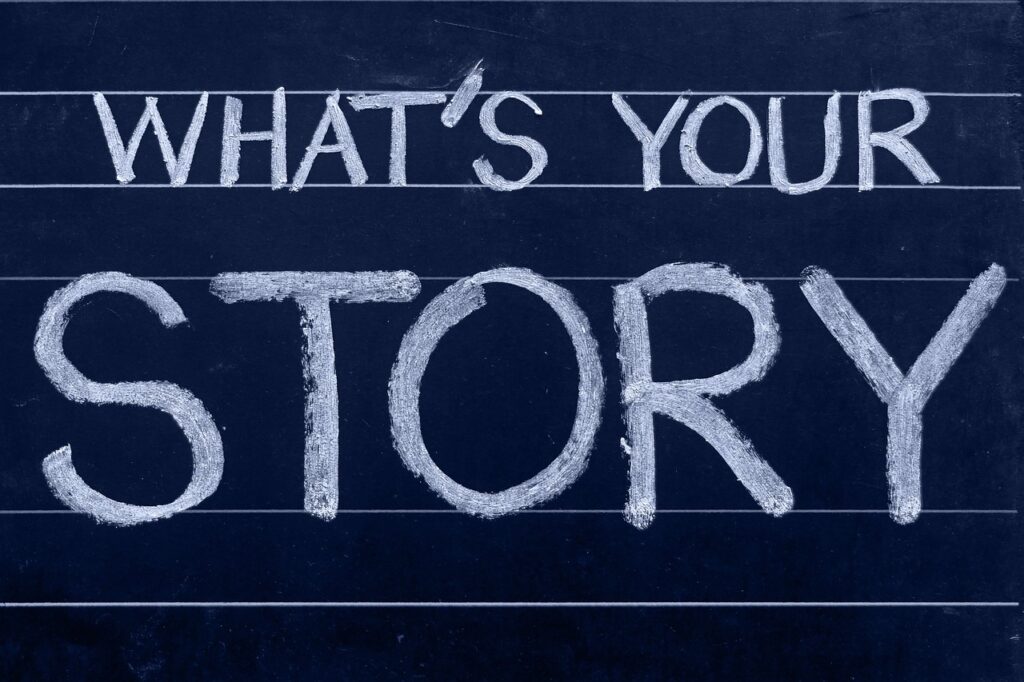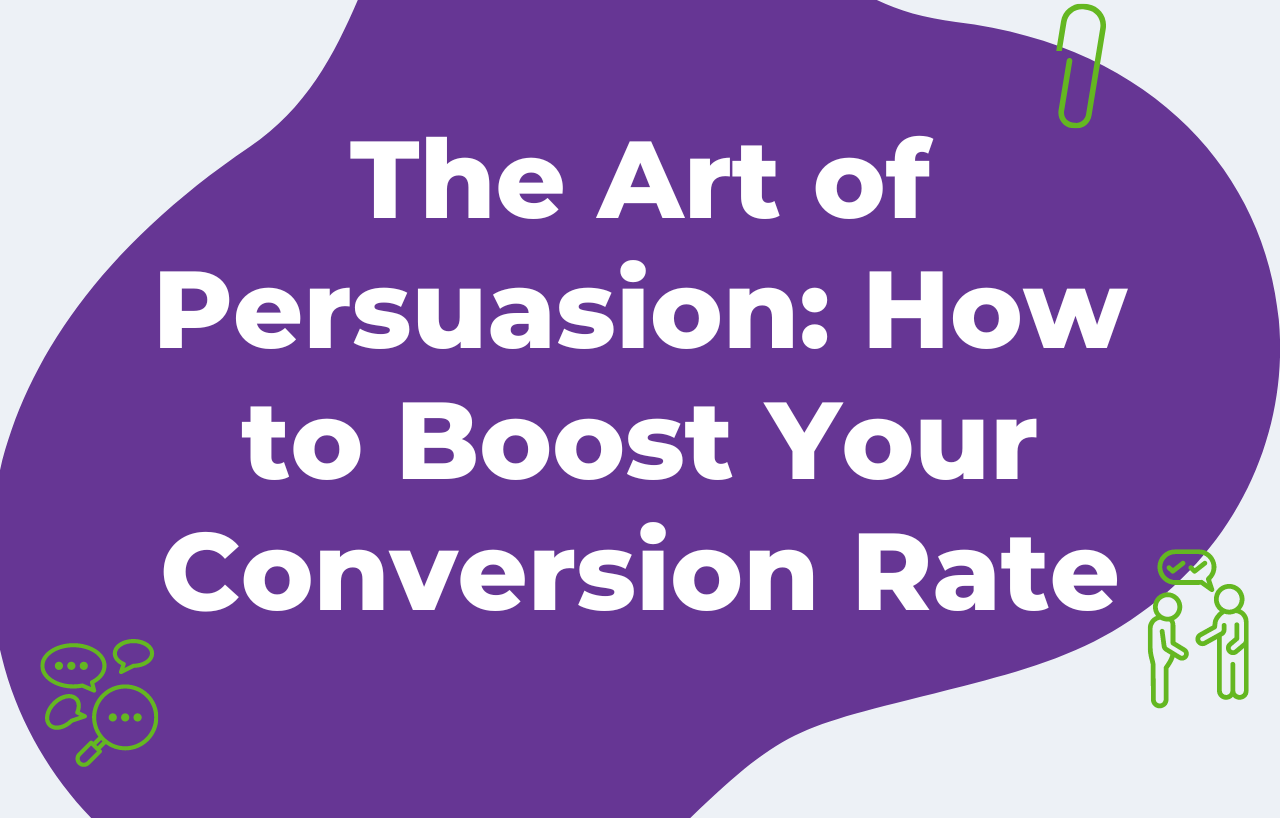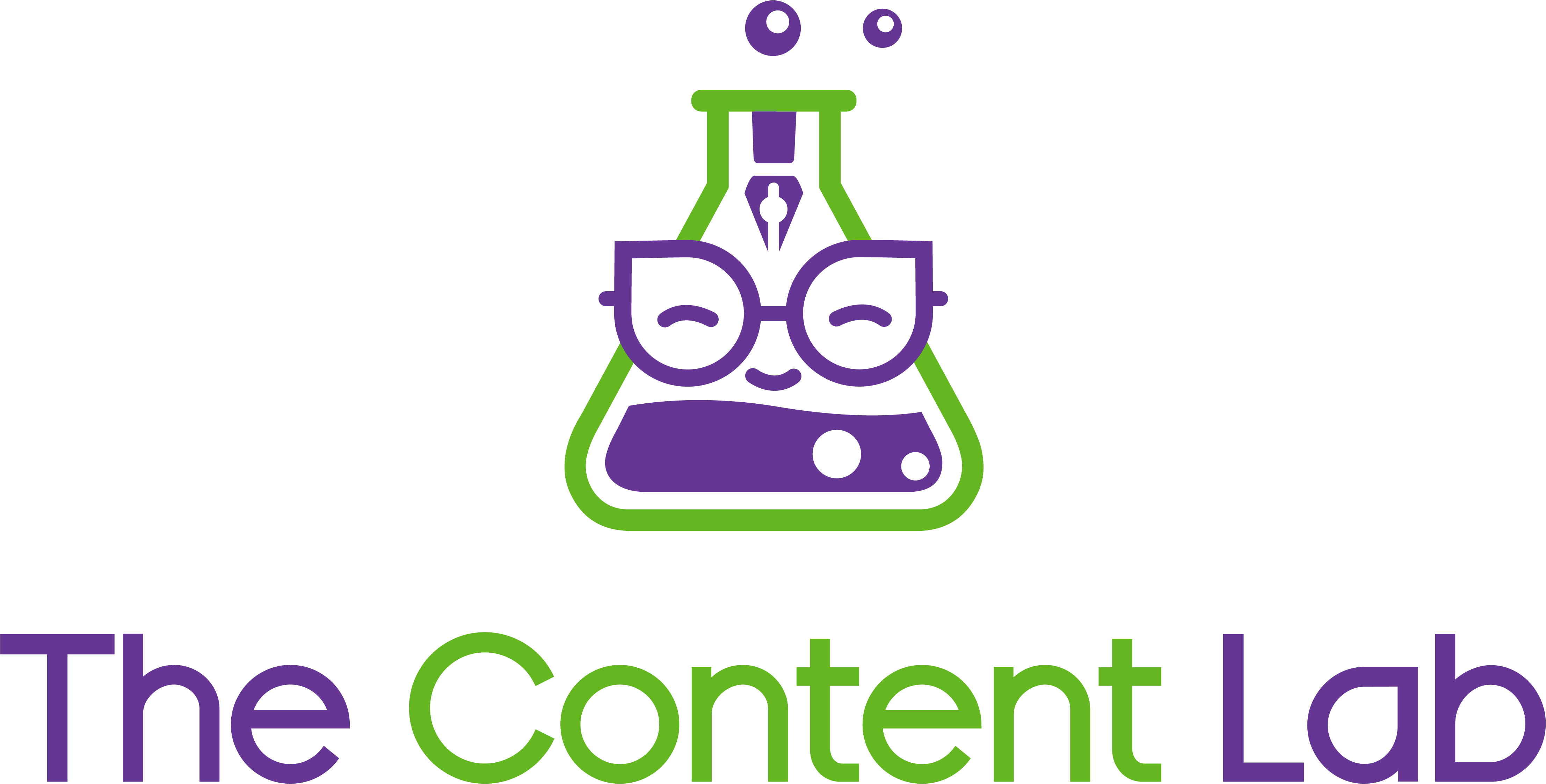At the time of writing this, there are almost 4.5 billion consumers in the world.
That’s a lot of people to sell to! But do you really think all these people are interested in what you’re offering? We don’t think so.
The truth is only a small percentage of shoppers will be interested in purchasing your product or service – and that’s a GOOD thing!
It means you don’t have to appeal to everyone. You just have to appeal to those who are in the market for what you have to offer.
The truth is, targeting your brand to everyone is ineffective. If you’re trying to attract the masses, it’ll backfire, and you’ll lose valuable time and money on failed marketing.
Don’t waste your resources going after the wrong people when you can find your target audience and aim your product or service at the right people.
Before we look at how to find your target audience, let’s discuss what a target audience actually is.
What is a target audience?
Your target audience is the demographic of people most likely to benefit from your product or service. In other words, the people most likely to buy what you’re selling.
Target audiences share similar traits, including:
Age
Gender
Income
Location
Interests
Occupation
Socioeconomic status
Education level
For example, if you’re selling sports equipment, you’ll want to aim your products at people in a certain age group who are interested in fitness, and who have the money to afford your products.
The more specific you get with identifying your target audience, the more effectively you can advertise to them.
Targeting a specific audience doesn’t necessarily mean leaving out customers who don’t fit your demographic. But ultimately, you’re crafting your marketing strategy with your ideal customer at the forefront of your mind.
Why is it important to know who your target audience is?
You’ve probably heard the age-old advice: “know your audience”. But, it’s a popular phrase for good reason.
Not knowing your target audience can seriously hurt your chances of making a sale, and it can cost your business valuable time and money.
In fact, an incredible $37 billion is wasted on ads that fail to engage target audiences every year.
Knowing your target audience allows you to stay on track and generate more leads in a straightforward, affordable way.

How to find your target audience
Now that we know what a target audience is and why it’s important, here are a few steps you can take to find yours.
1. Create a buyer persona
Simply put, a buyer persona is a fictional representation of your ideal customer, including demographic information like age, location, and income.
A strong buyer persona also takes psychographic information – the values, interests, and motivations that shape their purchasing decisions – into account.
Buyer personas help you get to know your customers better. By understanding their wants, needs, and desires, you can target your marketing more effectively.
Tips for creating a buyer persona:
Analyse your existing customers
Use customer feedback, reviews, and customer support requests
Continue observing and updating your personas when needed
2. Analyse your competitors
You can learn quite a bit by looking at your competitors, who they sell to, and how they go about it.
Researching your competition can help you answer some very valuable questions, including:
Do your competitors have the same target audience as you?
Are they reaching specific groups you hadn’t thought of?
How are your competitors positioning themselves?
Where are they advertising? (Social media sites like Facebook, TikTok, Instagram, Twitter/X, or elsewhere?)
What customer pain points are they targeting?
When you analyse what your competitors are doing, you’ll get a better sense of what is and isn’t working for them. You can use this information to your advantage, adjusting your strategy accordingly.
3. Survey your buyers
One of the simplest but most effective ways to find your target audience is to look at your current customers. This means studying their habits, where they live, how old they are, etc.
If you don’t have this information on your customers, don’t worry. You can send out a survey to collect all the data you need.

In your survey, it’s helpful to ask customers questions like:
Where do you live?
How old are you?
What do you do for work?
What income level do you fall into?
What are your hobbies and interests?
What do your shopping habits look like?
What devices do you use?
Where do you look for information online?
By asking your existing customers these questions, you can start to see what your typical client looks like. Then you can adjust your marketing efforts to appeal to them.
4. Continuously revise
The more data you collect and the more you connect with customers, the easier it’ll be to define your target audience.
But it’s not a one-and-done deal. Times change, people change, your business may change, and your audience will likely change too – and hopefully grow!
It’s a good idea to continuously analyse and tweak your target audience as needed to ensure you’re always targeting the right people and getting the most from your marketing campaigns.

Let’s reach your target audience together!
We hope this blog post has helped you understand what a target audience is, why it’s important, and how you can find yours.
If you need some help reaching your target audience with the words, language, and tone of voice that most appeals to them – we’d love to be of assistance.
Abby, our founder and head content strategist, would be delighted to talk to you about the ideal tone of voice for your target audience and how best to engage them.
Fill out the contact form here to get started.
Other Posts
 Content Marketing
Content Marketing The Big, Beautiful List Of 48 Bakery Content Ideas
 Content Marketing
Content Marketing The Art Of The Sentence: How To Vary Sentence Structure To Craft Dynamic Copy
 Content Strategy 101
Content Strategy 101 

